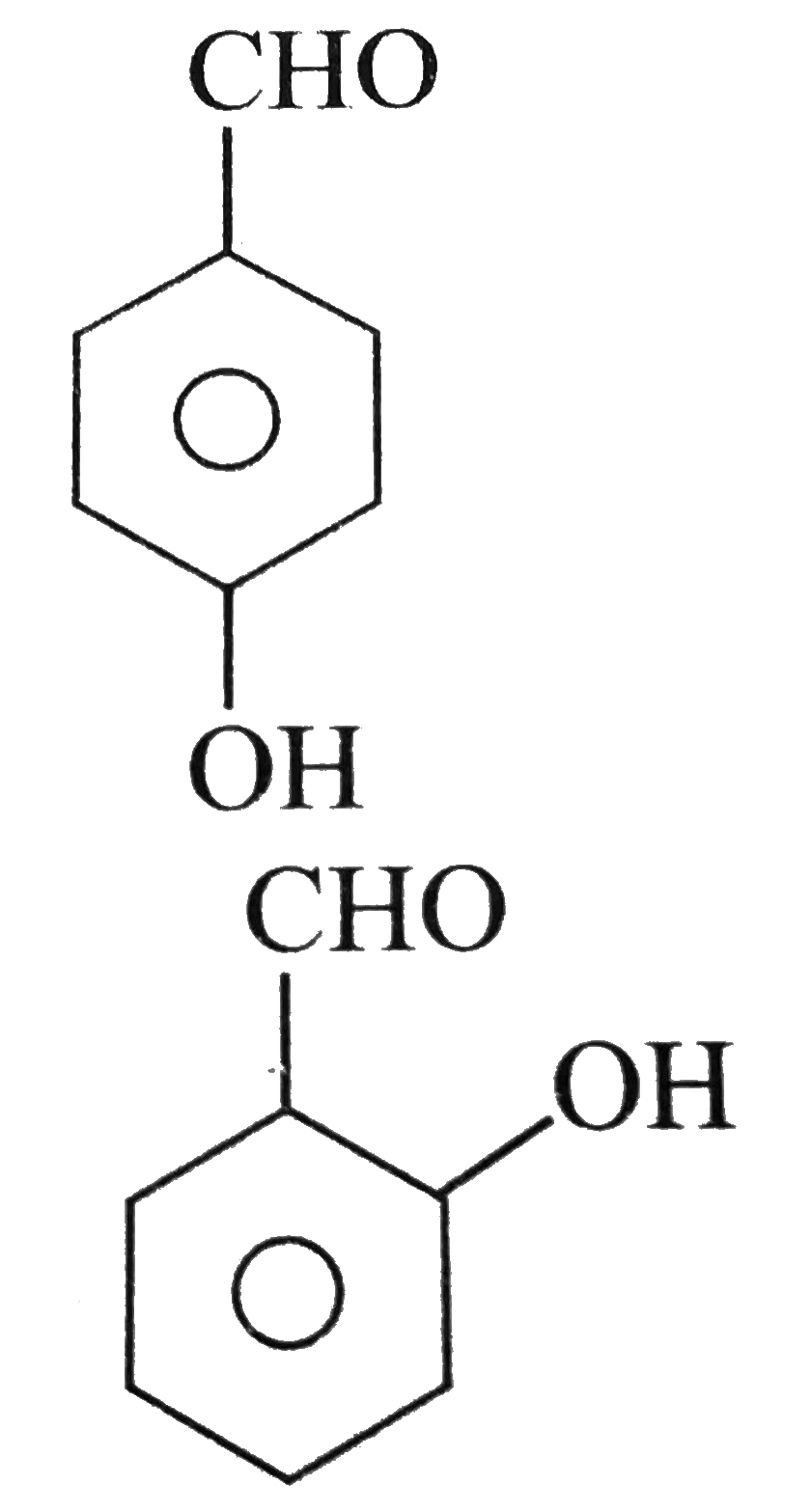Complete Solutions to Exercises Single Correct (Hybridisation) of chapter CHEMICAL BONDING AND MOLECULAR STRUCTURE of Class 11 book with complete answers and questions
| Class 11 | CHEMISTRY |
| Chapter | CHEMICAL BONDING AND MOLECULAR STRUCTURE |
| CENGAGE CHEMISTRY | Exercises Single Correct (Hybridisation) |
| Number Of Questions | 33 |
| Academic Year | 2023-24 |
The shapes of `PCI_(4)^(o+),PCI_(4)^(Θ)` and `AsCI_(5)` and are respectively .
View SolutionThe `I_(3)^(Θ)` ion has .
View SolutionIn the reaction `2PCI_(5) hArr PCI_(4)^(o+) + PCI_(6)^(Θ)` the change in hybridisation is from .
View SolutionThere are four species `CO_(2),N_(3) Θ,NO_(2)^(o+)` and `I_(3)^(Θ)` Which of the following statement is correct about these species ? .
View SolutionOne hybridization of one `s` and one `p` orbital we get
View SolutionWhich moleucle is T-shaped ?
View SolutionThe hybridisation of the central atom in `ICI_(2)^(o+)` is .
View SolutionThe melecule that has linear structure is:
View SolutionThe species which has pyramidal shape is
View SolutionThe compound with `C` uses in the `sp^(3)` hybrid orbitals for bond formation is .
View SolutionWhich one of the following compounds has `sp^(2)` hybridisation ? .
View Solution`CO_(2)` has same geometry as .
View SolutionIn which pair of species both species do have the similar geometry ? .
View SolutionThe geometry and the type of hybrid orbitals present about the central atom in ` BF_3` is :
View Solution`SF_(2),SF_(4)` and `SF_(6)` have the hybridisation at sulphur atom respectively as .
View SolutionTwo types `FXF` angles are present in which of the following molecule `(X=S,Xe,C)` ? .
View SolutionA sigma bonded molecule `MX_(3)` is T-shaped The number of non-bonding pairs of electrons is .
View SolutionIn `overset(o+NH_(4)` and `OF_(2)` th hybridisation of central atom respectively are .
View SolutionHybridisation involves .
View SolutionAs `F_(5)` molecule is `sp^(3)` d hybridised and is trigonal bipyramidal (TbP) shape Which d-orbital is involved in `sp^(3)` d hyridisation .
View Solution`[PtCI_(4)]^(2-)` molecules id `dsp^(2)` hybridised and is square planar Which d-orbital is involved in `dsp^(2)` hybridisation .
View Solution`SeF_(6)` is `sp^(3)` hybridised and is octahedral `(OH)` Which d orbitals are involved in hybridisation .
View Solution`IF_(7)` is `sp^(3)` hybridised and is Pbp (pentagonal bipyramid) Which d orbitals are involved in hybridisation .
View SolutionIn a regular octahedral molecule `SF_(6)` the number of `F-M-F` bonds at `180^(@)` is .
View SolutionThe maximum number of `90^(@)` angles between bp-bp of electrons is observed in .
View SolutionAmong the following ions the `p pi-d pi` overlap is present in .
View SolutionWhich of the following have distored octahedral structure ? .
View SolutionSulphur reacts with chlorine in `1:2` ratio and forms X hydrolysis of X gives a sulphure compound Y. What is the hybridisation state od central atom in the compound?
View SolutionOrthonitrophenol is steam volatile but paranitrophenol is not because .
View SolutionWhich of the following compounds has the least tendency to from H-bonds ? .
View SolutionWhich of the following molecule forms linear polymeric structure due to H-bonding ?
View SolutionWhich one of the following hydrogen halides has the lowest boilling point ? .
View SolutionOut of the two compounds shown below the vapour pressure of II at a particular temperature is expected to be
 .
.
View Solution
Exercises Single Correct (Hybridisation) questions and complete solutions for chapter CHEMICAL BONDING AND MOLECULAR STRUCTURE of CENGAGE CHEMISTRY (HINGLISH) of Class 11
All Exercises from CENGAGE CHEMISTRY Class 11 CHEMISTRY CHEMICAL BONDING AND MOLECULAR STRUCTURE
- Archives Fill In The Blanks
- Archives Integer
- Archives Multiple Correct
- Archives Single Correct
- Archives Subjective
- Archives True/False
- Ex 2 .2 Objective
- Ex 2 .2 Subjective (Intermolecular Forces And H-Bonding)
- Ex 2 .2 Subjective (Molecular Orbital Theory)
- Exercises Assetion Reasoning
- Exercises Fill In The Blanks
- Exercises Integer
- Exercises Linked Comprehension
- Exercises Multiple Correct (Dipole Moment)
- Exercises Multiple Correct (Miscellaneous)
- Exercises Multiple Correct(Bond Angle )
- Exercises Multiple Correct(Chemical Bonding )
- Exercises Multiple Correct(Hybridisation)
- Exercises Multiple Correct(Hydrogen Bonding)
- Exercises Multiple Correct(Molecular Orbitaltheory (Mot))
- Exercises Single Correct (Bond Angle)
- Exercises Single Correct (Chemical Bonding)
- Exercises Single Correct (Dipole Moment)
- Exercises Single Correct (Hybridisation)
- Exercises Single Correct (Miscellaneous)
- Exercises Single Correct (Molecular Orbital Theory (Mot))
- Exercises Single Correct (Resonance And Formal Charges)
- Exercises True/False
- Illustration
- Solved Examples